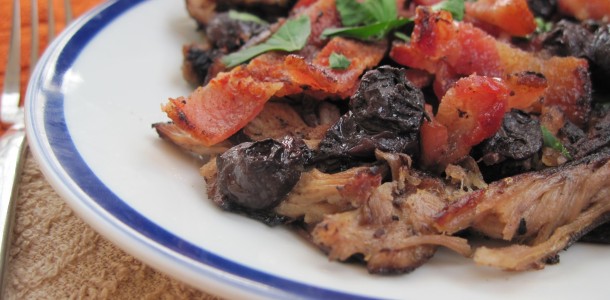 | |
| Dr. Messina finds Isagenix study design is scientifically sound. |
Medical Doctor Commends Recent Isagenix Clinical Trial
I was the medical director for an independent research facility where I served as the principal investigator on numerous clinical trials sponsored by many of the Fortune 500 pharmaceutical companies. These trials involved hypertension, diabetes, obesity, hyperlipidemia, osteoarthritis, depression, and chronic pain among others. I was also the vice-chairman of an IRB, which is an independent ethics review board, where my function was to review pharmaceutical company research protocols, to ensure sound scientific design and human subject safety. It is from this experience that I wish to comment on the recent clinical trial sponsored by Isagenix.
I had no role in the planning or implementation of this study and have only recently evaluated the scientific design based on results published in Nutrition & Metabolism (2012,9:98), and Nutrition Journal (2012,11:98). I applied the same methodology as if I were evaluating this trial for an IRB.
The design was a scientifically sound, randomized, double-arm study, which consisted of two dietary phases. The first phase consisted of a two-week weight maintenance period. The second phase was an eight-week weight loss period. One arm consumed a standard “heart healthy” diet six days a week, plus a fasting day containing a placebo drink. The second arm consumed two liquid meal replacements—IsaLean Shakes—and a 400-to-600 Kcal low-glycemic meal for six days a week, plus a fasting day where the subjects consumed Cleanse for Life. Both arms received nutritional counseling and prescribed caloric intake was similar. The protocol monitored adherence with diets, and maintenance of physical activity habits.
The study had appropriate inclusion, exclusion criteria, as well as clear objectives. The end points selected were relevant not only to scientists, but also to regulators and consumers. The main endpoints were body weight, body composition, and cardiovascular risk. The assessments used for analysis were state of the art, and were quantifiable. These assessments tracked body weight and body composition changes, plasma lipid changes, LDL particle size changes, cardiovascular risk parameter changes, and change in visceral and subcutaneous adipose tissue area (by MRI), all during the weight-loss phase.
The study was conducted at the University of Illinois at Chicago. This institution has a stellar reputation for conducting research. Dr. Krista Varady, an assistant professor at the UIC College of Applied Health Sciences, led the study. Dr. Varady is an experienced researcher and has over 30 peer-reviewed publications. The Office for the Protection of Research Subjects at University of Illinois at Chicago approved the experimental protocol and all volunteers gave written informed consent to participate.
The bottom line is that this was a well-designed, scientifically sound, protocol that was carried out at a major university research center by a skilled, published researcher. This was not the common observational study that is often seen when evaluating nutritional products. This study has been published in two peer-reviewed journals thus far and Dr. Varady’s discussion of the results is factual and objective.
The findings show that the Isagenix arm displayed greater adherence, 56 percent greater reduction in average weight loss, 47 percent greater reduction in average body fat loss, and twice as much visceral fat loss. The Isagenix arm also had a more pronounced lowering of lipid indicators of cardiovascular risk. These beneficial modulations in cardiovascular risk can be mediated by reductions in visceral fat mass. These results are similar to the results I have been seeing for the past three years with my own patients.
I often hear disparaging comments concerning sponsor-funded clinical research. The fact of the matter is that over 75 percent of all clinical trials are sponsor funded. If we depended on government funding for all scientific research we would not have the breakthroughs that exist today, and in truth our world would appear very different. It is important therefore to ensure that research is conducted in the most ethical and professional manner possible so that the results will be valid and credible. It is my opinion that Isagenix has complied with these criteria in conducting this trial.
Dr. Messina became a board certified family practitioner in 1985. He has been in both solo and group practice. He later served as the director for an integrative medical facility an went on to become the medical director for an independent research facility. While there, he participated as the principal investigator on numerous clinical trials sponsored by many of the Fortune 500 pharmaceutical companies. These trials involved hypertension , osteoarthritis , hyperlipidemia, diabetes,obesity, depression , chronic pain, and anxiety among others. He served as the vice-chairman of the board for an IRB, which is an independent ethics board, overseeing safe scientific design and human subject safety , in proposed pharmaceutical research. He is the author of several publications in scientific journals. He left research and now does independent consulting for the pharmaceutical and healthcare industries. Originally skeptical of using Isagenix products, he decided to try them in April 2009 after one of his patient lost considerable weight. He now uses Isagenix products to maintain a healthy weight and recommends that other health professionals use them in their practice.




